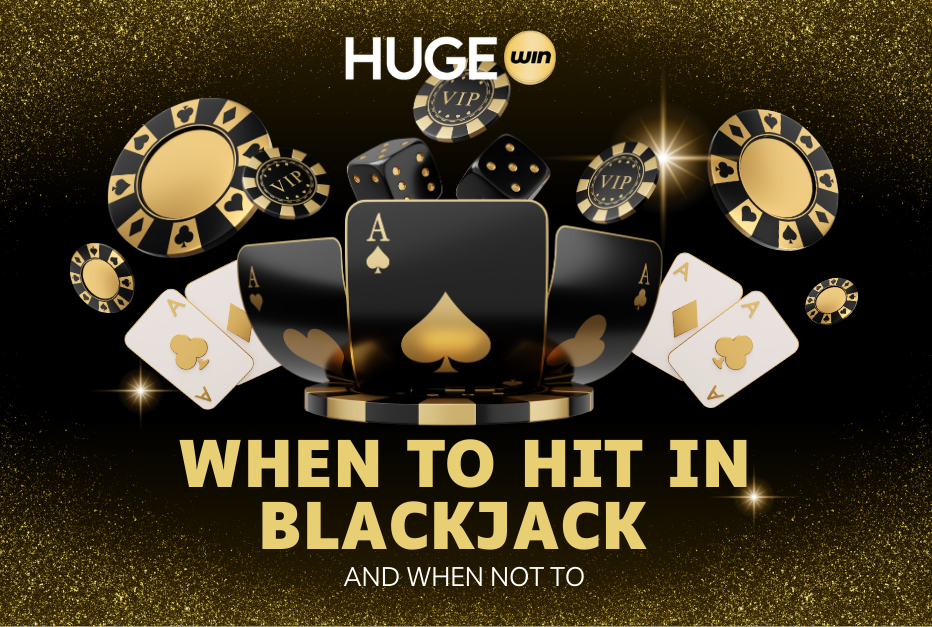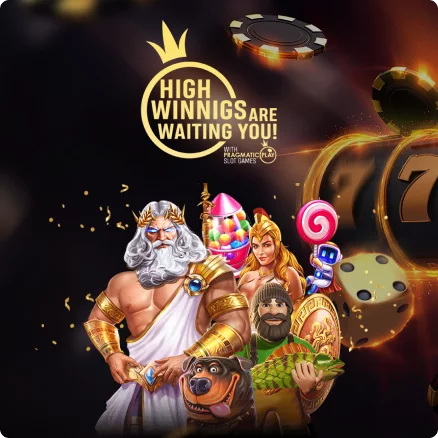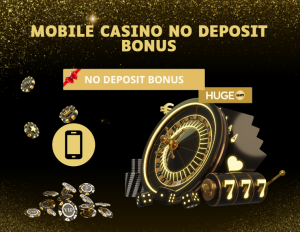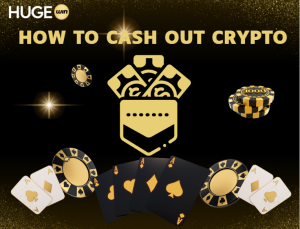When to take a hit in blackjack?
A Hit is the taking of an extra card. It can be requested several times until a stand is needed or a bust occurs.
1. Amount less than 12
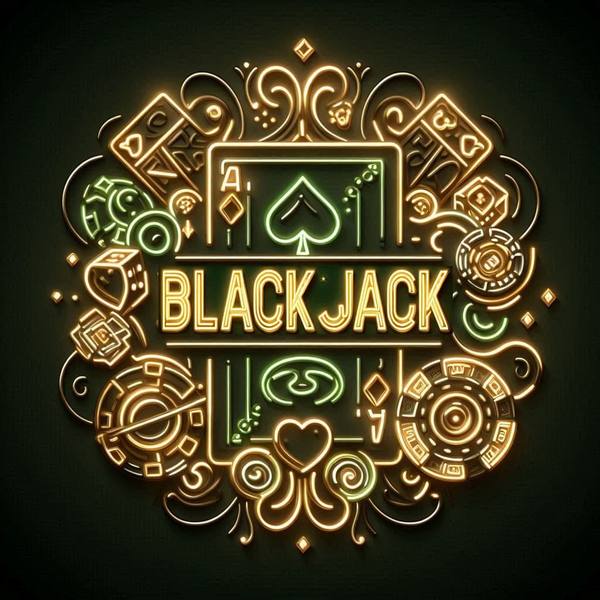
There are several options when you can take a card in blackjack:
- 8 points – take a card.
- 9 points – take a card if the dealer has 3, 4, 5, 6. In other situations, double the bet.
- 10 points – take a card if the dealer has a 2, 9, 10, or ace. In other situations, double the bet.
- 11 points – double the bet, regardless of the dealer’s card.
2. 12 or 13 against the dealer’s 2
If you have cards in hand with a point total between 13 and 16 and the dealer’s point total is 2, you should stop. If the dealer’s card is 7 or higher, you can take one more.
3. Low hands vs. dealer’s pat hand
If the player has a low point total and the dealer has a pat hand, i.e. above 17, the dealer will not draw additional cards. On the contrary, the player can take a card. It is important to realize that the dealer’s probability of winning is quite high. This is one of the situations when it is better to take a card in blackjack, because there is a chance to improve your hand.
4. Higher soft hands vs. the dealer’s stacked hand
There are several scenarios when in blackjack you should take a card when you have a soft hand:
- 13-14 points (ace + 2 or ace + 3), take a card when the dealer has a 2, 3, 4, 7 or higher. When the dealer has a 5 or 6 it is worth doubling up.
- 15-16 points (ace + 4 or ace + 5), when the dealer has 2, 3, 7 or higher, you should take a card. Doubling is logical when the dealer has 4, 5 or 6.
- 17 points (Ace + 6), the dealer’s card is higher than 7, then it is good to take a card. Doubling is acceptable if the dealer has 2-6.
- 18 points (ace + 7), the dealer has a 9, 10 or ace, it is acceptable to take a card. Doubling is good when the dealer’s card is a 3, 4, 5 or 6.
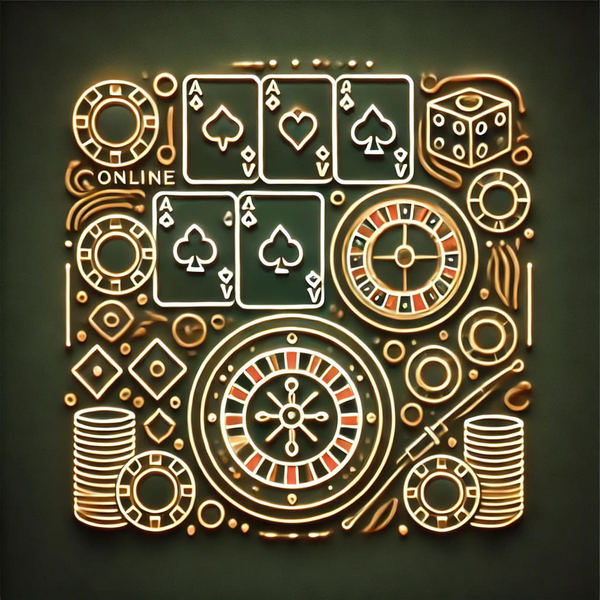
When not to hit in blackjack
There are several situations when you should fold in blackjack: when you have a hard hand of 15 or 16, or 17 or more. And the last amount is almost always associated with the decision not to take an additional card otherwise it will be overcards.
1. When to surrender
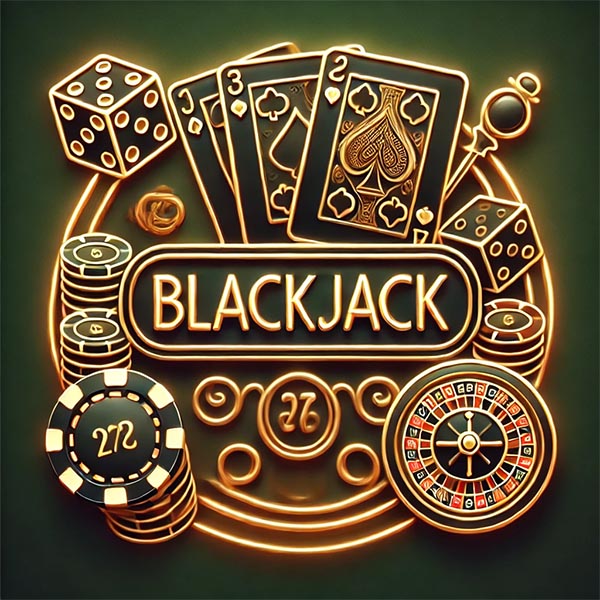
In Blackjack, you can surrender (surrender) – give up your current hand and get half of your bet back. Not all tables have this rule. There are several situations where you can fold in blackjack:
- A hard hand of 16 (such as 10 and 6) against the dealer’s 9, 10, or Ace.
- A hard hand with 15 points against the dealer’s Ace.
- A hard hand is one that has no Ace or has an Ace, but it counts for 1 point. Soft hand – if there is an ace in the calculation 11.
2. Total 17 or more
When there is a card total of 17 points in blackjack, you can take a card and stand. The decision depends on the situation:
- To stop when the hand is hard, that is, when there is no ace or there is an ace but with 1 point.
- Take a card in a soft hand, with a point total of 17 (Ace and 6).
- Double when the hand is soft and the dealer has an open 3, 4, 5 or 6.
- Stop with a soft hand of 18 (Ace and 7) and when the dealer has an open 2, 7 or 8. Double down is allowed when the dealer has an open 3, 4, 5 or 6. You may take a card if the dealer has an open 9, 10 or Ace.
- Stop when the hand is soft with 19 points.
In general, when the sum of cards is more than 17, it is better to stop. Soft hands with an ace can be used, but look at the dealer’s open cards.
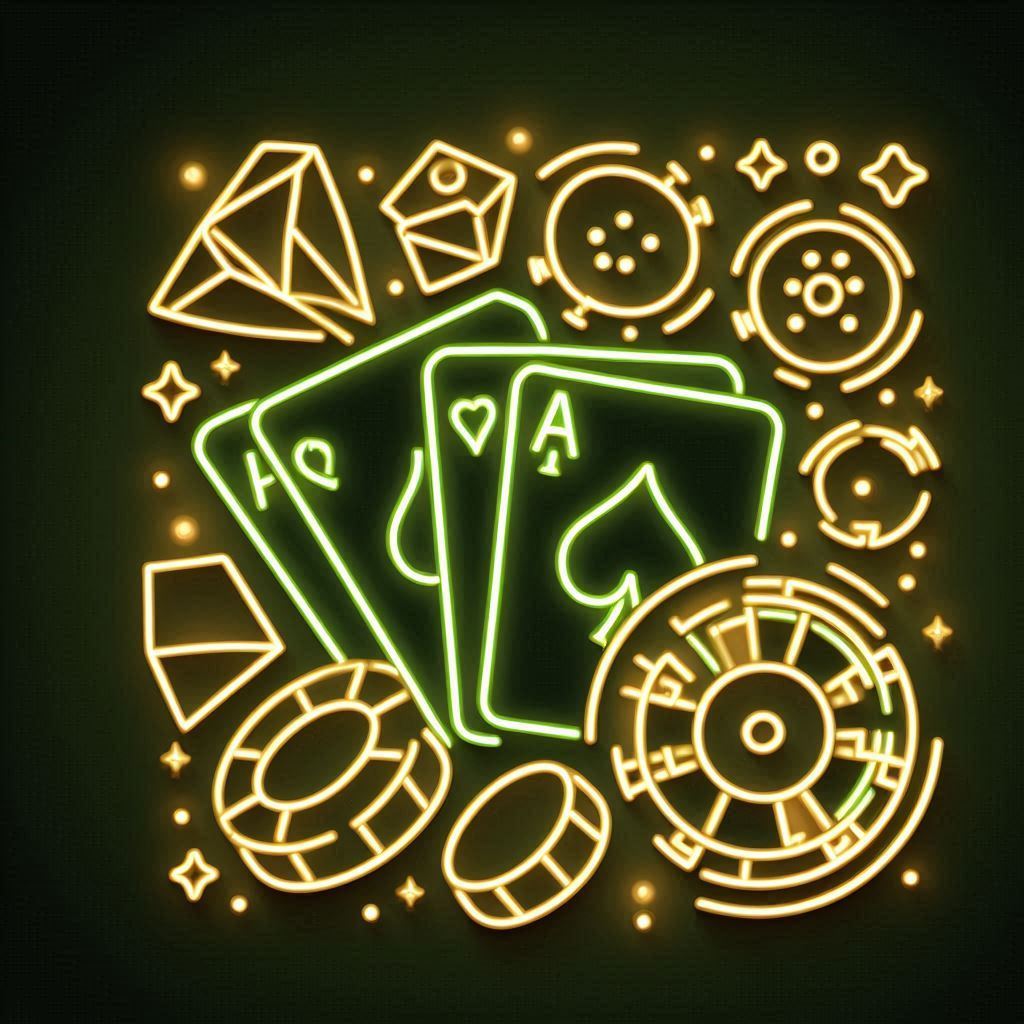
3. Against overcalling the dealer’s card
The dealer may have an open card (bust card), which means a high probability of being overcalled 21. Bust cards are 2, 3, 4, 5 and 6. With 12-16 points in hand it is better to stop, 9-11 points – double the bet, a pair of 2, 3, 6, 7 or 9 – favorably split.
4. When to split a pair
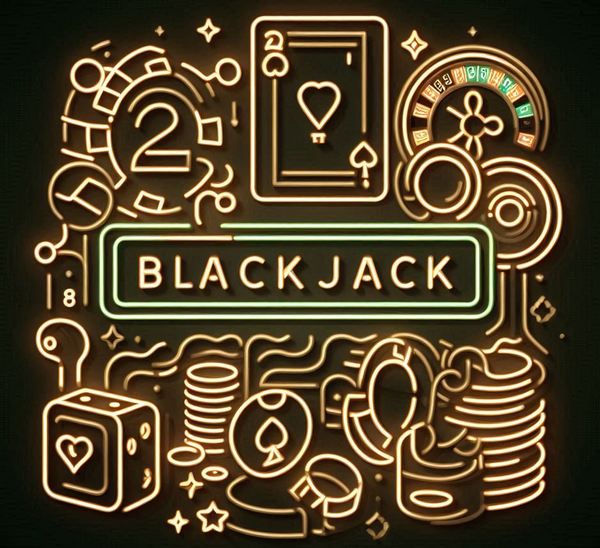
You should always split when you have a pair of Aces and 8s in your hand. This action can bring a win in several other situations:
- If the dealer has 2-7 and you are holding pairs 2, 3, and 7.
- If the dealer has 2-6 and you are holding a pair of 6s.
- If the dealer has an open 2-6, 8, or 9 and your hand is a pair of 9.
5. When to double down
Double down occurs when you take one card in Blackjack. Be sure to take this action when you have a point total of 11. Double down can be done when you have 10 points and the dealer has an open card 2-9. A point total of 9 and an open 3-6 from the dealer is also valid. It is acceptable to double down on a soft hand with different point totals:
- 13 or 14 (A-2 or A-3) if the dealer has a 5 or 6 open.
- 15 or 16 (A-4 or A-5) if the dealer has a 4, 5 or 6 open.
- 17 (A-6) if the dealer has a 3, 4, 5, or 6 open.
- 18 (A-7) if the dealer has a 3-6.
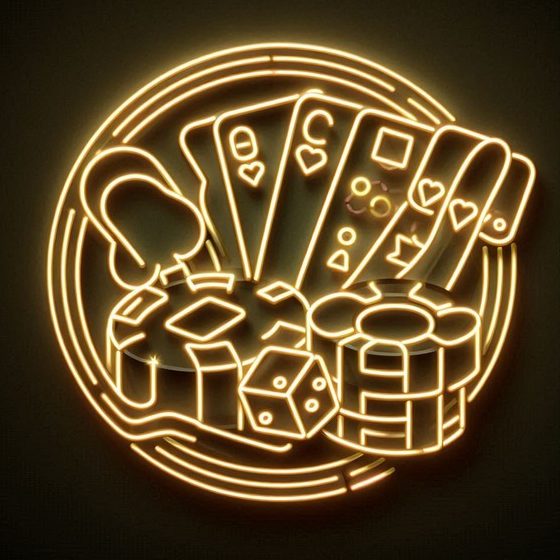
When does the dealer draw a card in blackjack?
In blackjack, the dealer takes a card when the sum of his cards is 16 or lower. The opposite decision is made when the soft hand is 17 (A-6) or higher. The dealer stops when the sum of points is 17 or higher.
How to signal a hit in blackjack
In blackjack, the player signals “take a card” (hit) by gesturing. Here is how it is done:
- In open-card games (face-up), you must tap your finger on the table near your cards.
- In face-down games, it is customary to swipe your card across the table or scratch the edge of the table with your cards.
These signals tell the dealer to deal an extra card.

